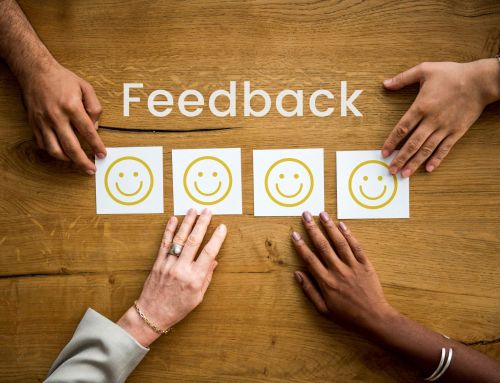The predictive quality of behavioural predictions is something to understand and utilise in order to further understand human behaviour. Behavioural predictions is centred on the study of humans, and how they go about their day-to-day lives.
Humans are ever evolving and learn from their mistakes and misfortunes. From the very early days humans had to go off of instinct, but slowly learnt new skills over time. The skills that were learnt were often the instinctive traits that humans pick up from one another. Take for instance the decades-old lesson of the very hot stove. When we were younger we would observe the adults in our family and notice that they would actively avoid touching stoves while cooking. As children we are also taught that touching a hot stove will burn us. Some small humans proceed to touch it anyway and learn through experience, while others internalise that lesson from external teaching. This process of avoidance then becomes so ingrained in our daily knowledge, ultimately becoming instinctive behaviour.
It is possible to learn through the experiences of others, analysing past behaviours to predict future results. Even if you yourself have never experienced getting burned by a stove, you can logically deduce from someone else’s experience that the same thing is likely to happen to you. This is, in simple terms, how social learning works. Humans have the ability to form a collective conscience of sorts, that will often only require a tragedy to happen to one, for many to learn.
The process of action, observation and learning is what informs every human’s natural ability to predict possible future events. Through learned behaviour humans naturally make their day-to-day tasks repeatable. Preferring the comfort of routine causes most adult humans to fear changes. Learning new languages, trying new foods, and even driving a car that they’ve never before driven can be daunting. The habitual activities of most people make predicting their future actions quite easy – barring you have the right data, and knowing how to use it. And it is this predictive quality that benefits companies in their pursuit to understand their customers.
- Jessica Nicole




